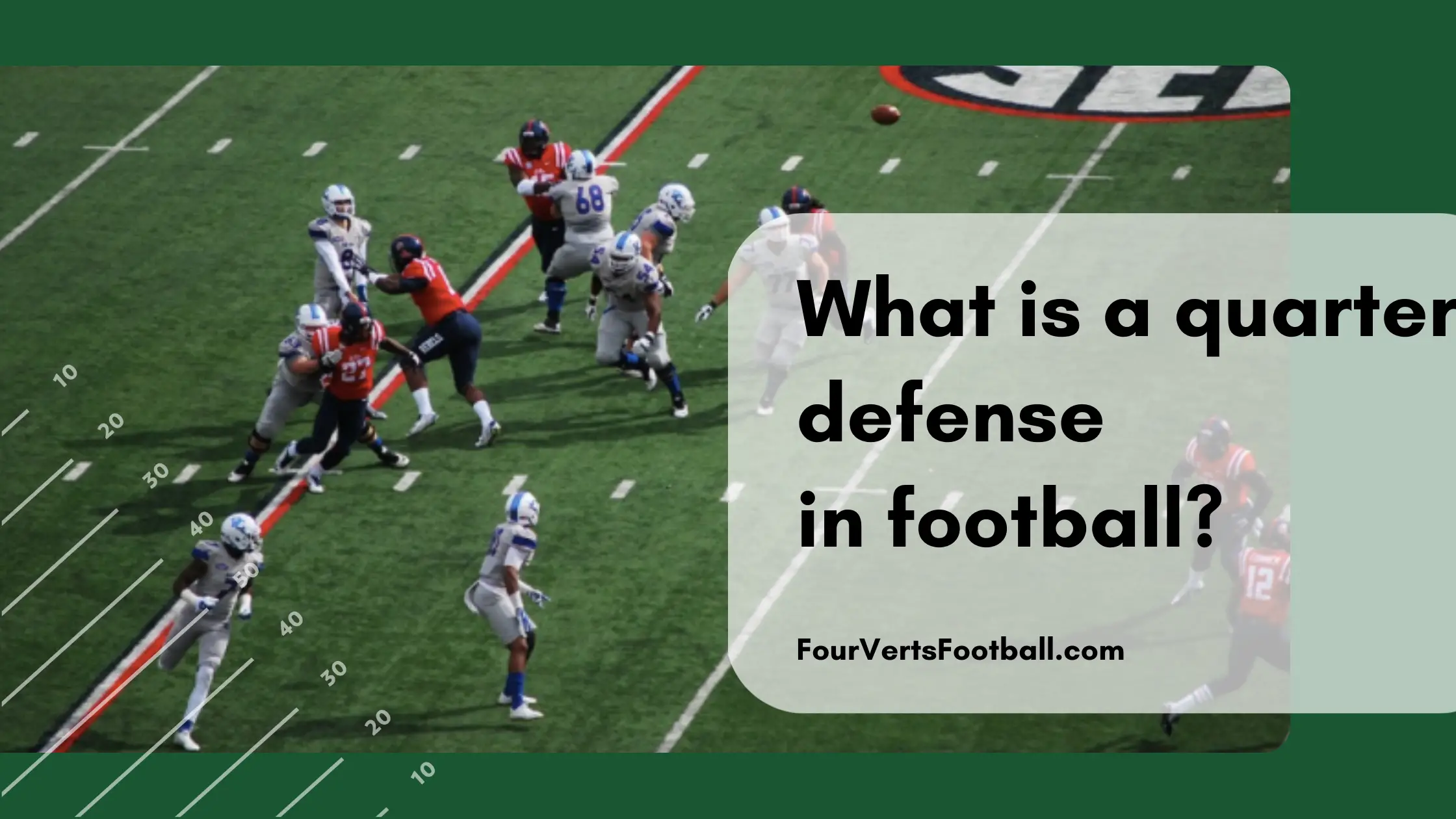A quarter defense in football refers to a formation that uses seven defensive backs. Typically these seven defensive backs are made up of two safeties and five corners though this is not always the case.
This defense is only used in specific situations, a standard defensive formation only uses four defensive backs. In order to add these defensive backs to the formation, several defenders that play close to the line of scrimmage must be removed.
In most cases, a quarter defense will feature seven defensive backs three defensive linemen and only a single linebacker. This quarter defense is significantly smaller in stature than most formations and can leave the team susceptible to the run.
What Is A Quarter Defense Used For?
A quarter defense is used in situations in which you do not want to allow long or intermediate passes. This defense is meant specifically to stop passing situations as it is not effective against the run.
One situation in which you may use a quarter defense is for a long third-down conversion. If an offense has committed some penalties or taken a sack they may find themselves with a third-down of over fifteen yards.
It is in these situations in which a large number of yards are needed that a quarters defense may come in handy. With a third down this long you can be sure that the opposing team is not going to run the ball for a first down.
Since run defense is not a priority a few linebackers and lineman can be replaced by defensive backs that excel in pass coverage.
That all being said the quarter’s defense is not incredibly common and is only used in specific situations like the one above.
How Can You Beat It?
Beating the quarter defense is actually fairly straightforward as all you have to do is run the football. As the larger players such as linebackers and defensive lineman are removed in favour of defensive backs it will get easier and easier to run the ball.
Additionally, when playing a quarters defense you are going to have more players further from the line of scrimmage. This means there will likely be plenty of holes in the defensive line for the running back to get through.
This will allow the running back to reach the second level at a much higher rate. Often meaning the back will gain quite a few yards before contact is made.
Additionally, you can beat a quarter defense with short dump-off passes. Running backs or tight ends may stay back for protection then leak out on a short route. This player will often be left open as there are few linebackers or defensive lineman to pick him up.
In these situations, the receiver will likely be able to pick up a few yards before the defensive backs are able to come down and make the tackle.
Though if you are looking to beat a quarter defense deep you are not going to have very much luck. This defense is incredibly effective at stopping deep passes and unless you have an elite receiver or a mistake by the defense you likely aren’t going to be succesful.
Why Is It Called A Quarter Defense?
The reason the defense is referred to as a quarter defense is in reference to the form of currency.
Defensive formations started picking up names of coins when the nickel defense was created. The nickel defense for those that don’t know involves five defensive backs on the field at one time.
Since most formations use four or fewer this formation was named nickel based on the number of defensive backs. Additionally, the fifth defensive back added to the formation is referred to as a nickel corner.
As formations were created using more defensive backs the use of currency in names of formations continued. Each time a defensive back is added it was named after the next larger coin.
For example, a formation that contains six defensive backs is called a dime formation. As a dime is the next largest coin after a nickel.
And when one more defensive back is added to a dime defense you will have seven defensive backs. This formation is called the quarter defense or the quarter formation.

